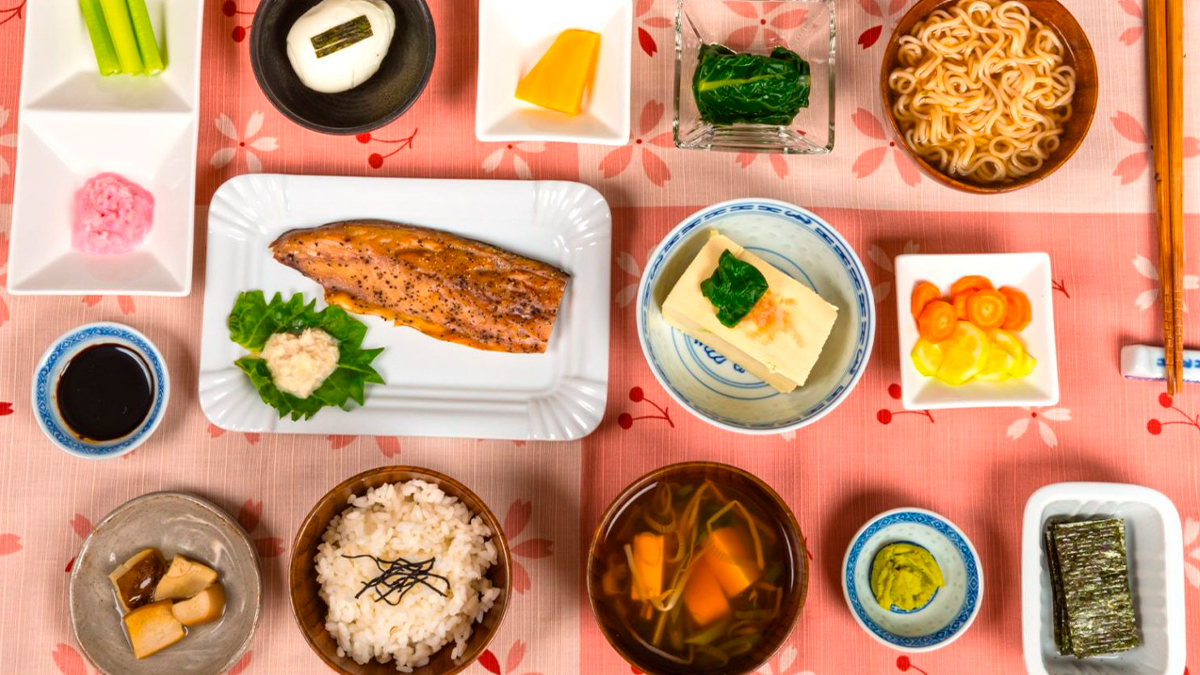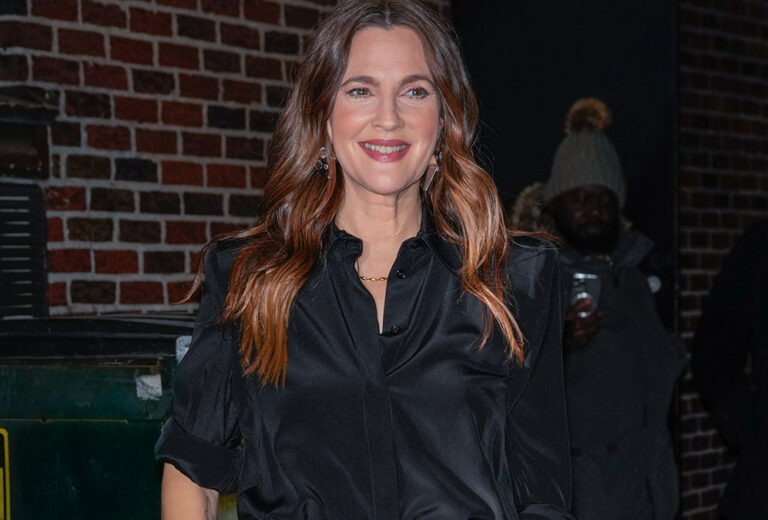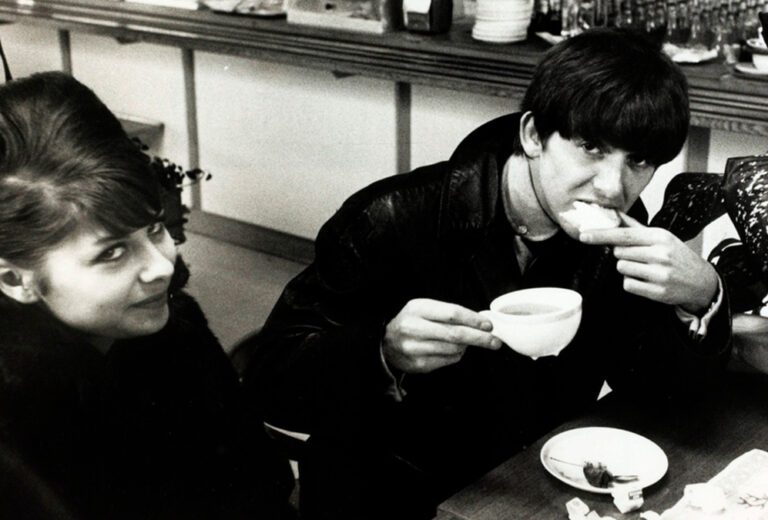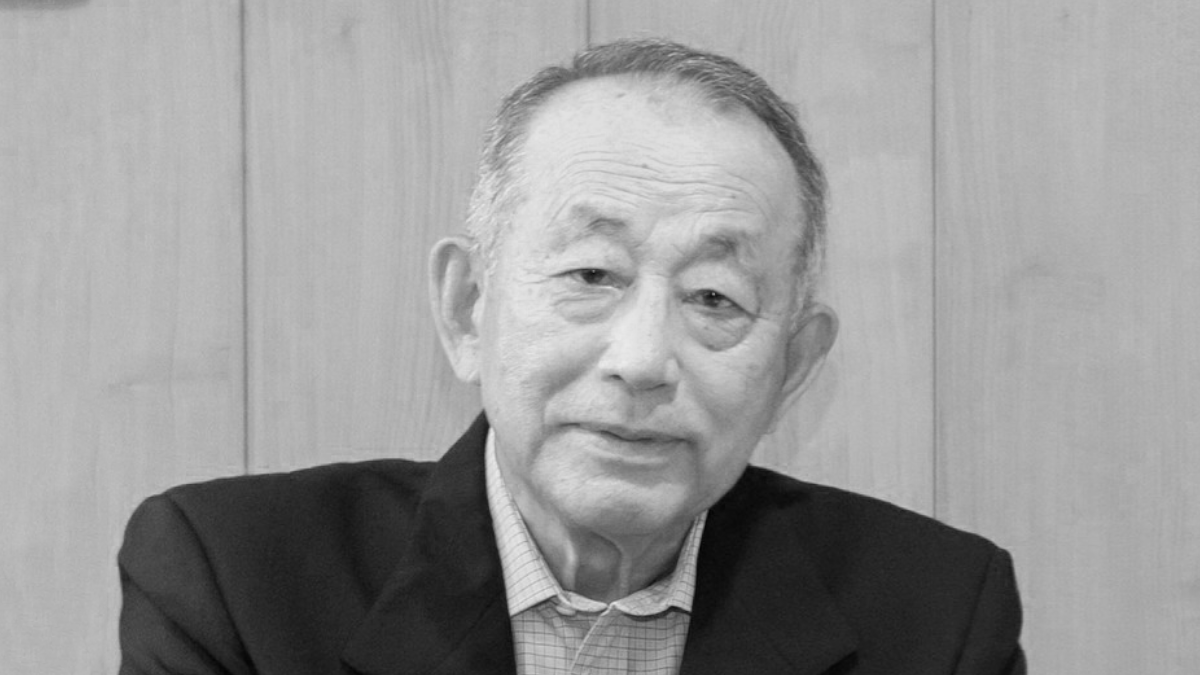Click here to read the Spanish version.
Japanese Breakfast is the name of Michelle Zauner‘s musical project. After years of consolidating her pop sound, with relaxed atmospheres and sincere lyrics, in a more independent context, she has now accumulated Grammy nominations and is a regular on prime-time programmes such as The Tonigh Show and Saturday Night Life. Born in South Korea, having spent her life in the United States, she confesses that her alter ego’s moniker was born very simply. “I love Japanese breakfast. One afternoon I was looking at photos and I thought ‘I have to put out an album called that’. I wanted to mix something very American (“breakfast”) with something foreign to them (“Japanese”). I grew up with a particular affinity for Japanese culture, as it was sometimes the closest thing to Korea that you could find in the US.

Zauner is not far off the mark in understanding “Japanese” and “breakfast” as virtually opposites. For much of their history, until the Edo period brought industrial prosperity and changed customs, the Japanese ate only two meals a day. The most common way of referring to this meal is asagohan, i.e. morning rice (gohan) (asa). Travellers looking for coffee shops will be able to locate them, but they will most likely stumble upon a tourist trap or flashy establishments that make works of art out of cappuccino foam. It’s not that modern Japanese don’t eat breakfast: recent surveys show that more than 80% do so daily, more than 30% of Americans. It’s just that when they think about eating when they wake up, they have something else on their minds.
The traditional Japanese breakfast is structured around a wide variety of small dishes, all of them austere in their preparation and made with the freshest and most natural materials available. Typically we find assorted vegetables, miso soup, salmon, some other type of fish and, of course, rice. A more extensive example might include squid, boiled eggs with mushrooms, pickles, clams to garnish the soup, chicken with seaweed or udon noodles (thick noodles made with wheat flour). The soup is usually the centrepiece, and around it are the simply prepared side dishes. They are also big consumers of natto, nutritious fermented soybeans which, a few years ago, became a viral phenomenon due to their slimy texture and foul smell. The more adventurous are able to add pieces of fruit.
Tea with ferret
If we move away from the boundaries of the established, and take breakfast to mean whatever one eats in the morning, the Japanese actually turn to specific ingredients for almost any time of the day. Eggs are a clear favourite, and an omelette sandwich can be a fluffy and soft way to start the day. It is best enjoyed in kissaten, traditional tea rooms, where it can be combined with Japan’s other obsession: matcha. This green tea covers any food your imagination can come up with, from ice cream to chocolate bars to hamburgers or ramen. What we in the West usually eat when we wake up (white bread and some kind of sugar source such as biscuits or cereals), obviously exists and is consumed in the land of the rising sun, but it is enjoyed without much time restriction.
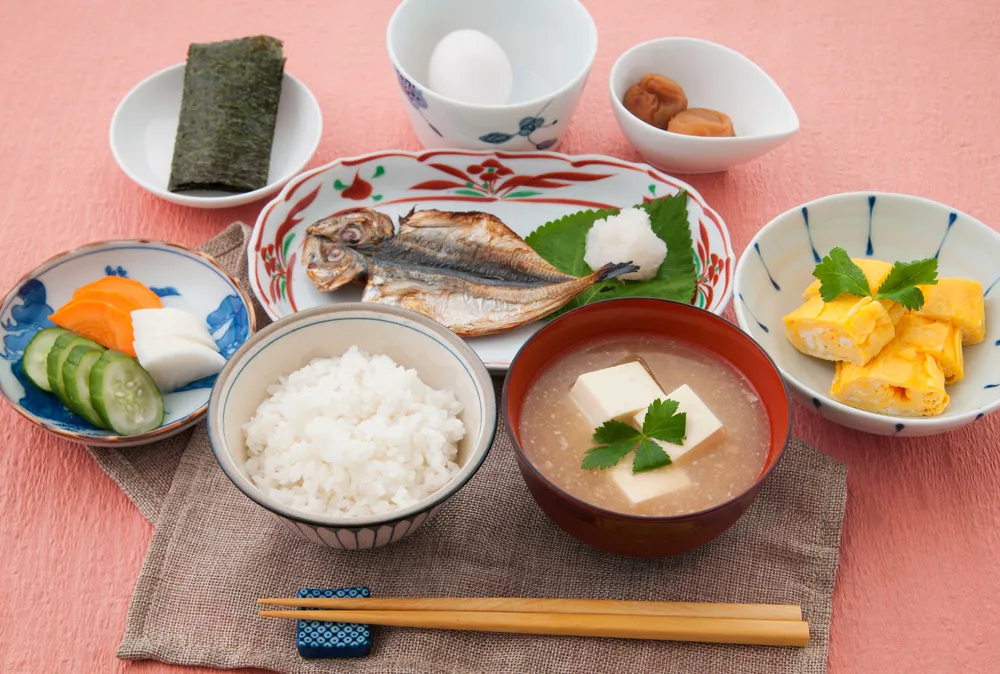
The diversity of breakfast in Japan reaches as far as the particularities of the country itself, even of its own inhabitants. Among the many options that can be found by region or even in different districts of Tokyo, Katsuobushi deserves to be considered one of its most striking, tasty and, why not, amusing transfigurations. At least, that’s what Mai Nagamatsu, head of the Tokyo restaurant Katsuo Shokudo, tries to do.
There, a round table of a dozen or so diners can enjoy a plate of striped bonito on rice, topped with a raw egg and accompanied by other dishes that vary according to season and availability, but usually include chicken and miso. Those who are hungrier can grate the dried fish themselves. Nagamatsu and his team make sure everything is lively, and if the mesmerising décor (including a documentary on fishing being shown on an old television) isn’t entertainment enough, they can bring out their pet ferret, who will be happy to greet those present. If this doesn’t help you start the day with energy, perhaps nothing will.

